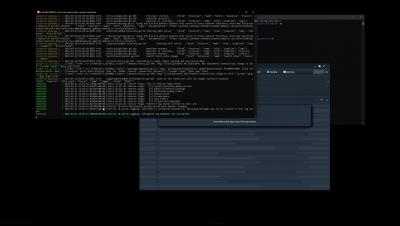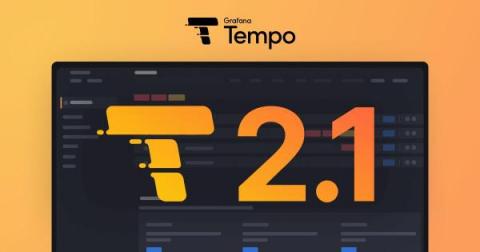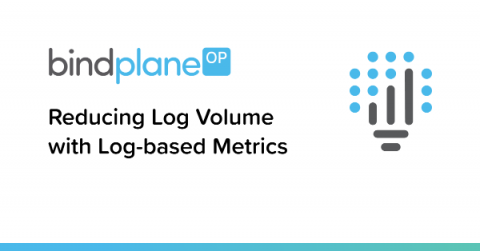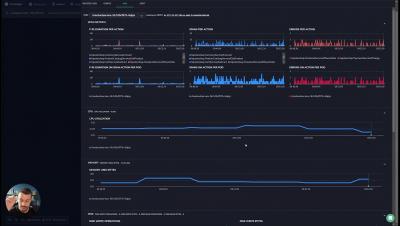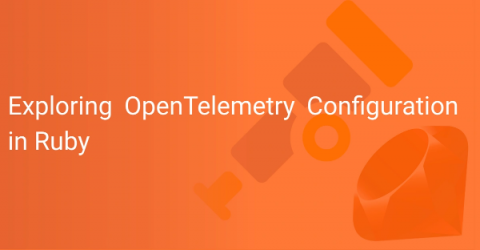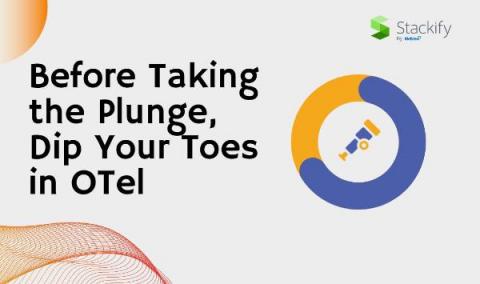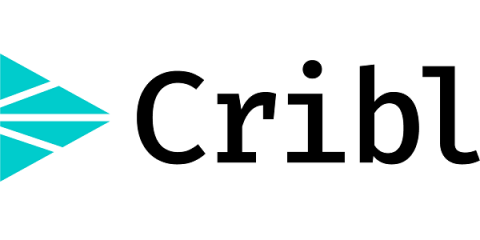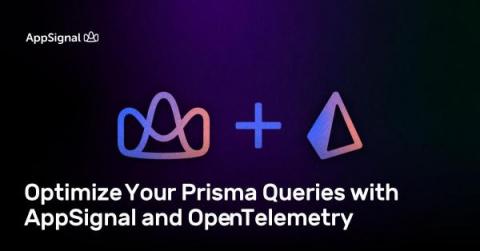Operations | Monitoring | ITSM | DevOps | Cloud
Tracing
The latest News and Information on Distributed Tracing and related technologies.
Grafana Tempo 2.1 release: TraceQL performance improvements
Grafana Tempo 2.1 is out and comes with a host of TraceQL improvements. Tempo 2.1 comes with some nice incremental improvements to TraceQL and likely some breaking changes. There’s a section down below about those, too.
Reducing Log Volume with Log-based Metrics
Coralogix Deep Dive - Tracking Every Interaction with Tracing and APM
Exploring OpenTelemetry Configuration in Ruby
OpenTelemetry is enabling a revolution in how Observability data is collected and transmitted. See our What Is OpenTelemetry post on why this is an important inflection point in the Observability space. In this post, we’ll walk through how to configure the OpenTelemetry Gems within a Rails app.
Before Taking the Plunge, Dip Your Toes in OTel
OpenTelemetry was launched in May 2019, as a merger of the OpenCensus and OpenTracing projects. The open-source, vendor-neutral project resides within the Cloud Native Computing Foundation (CNCF), which virtually ensures its longevity and widespread adoption. In fact, OpenTelemetry has gained significant traction in recent years, with support from many major cloud providers and the tech industry.
7 Quick Tips for Working with Traces in OpenTelemetry
Avoiding vendor lock-in is a ‘must’ when it comes to working with new services. Those in ITOps, DevOps, or as an SRE also don’t want to be tied to specific vendors when it comes to their telemetry data. And that’s why OpenTelemetry’s popularity has surged lately. OpenTelemetry prevents you from being locked into specific vendors for the agents that collect your data.
Announcing LM Exporter
Revolutionize Your Cloud-Native Deployments with CloudFabrix using Kubernetes and OpenTelemetry
Optimize Your Prisma Queries with AppSignal and OpenTelemetry
AppSignal integrates seamlessly with Prisma via OpenTelemetry to give you invaluable insights into how your application is performing. In this blog post, we'll outline how you can use AppSignal to optimize your application's Prisma integration, mitigate inefficient database queries, spot anomalies, and improve your application's scalability.


